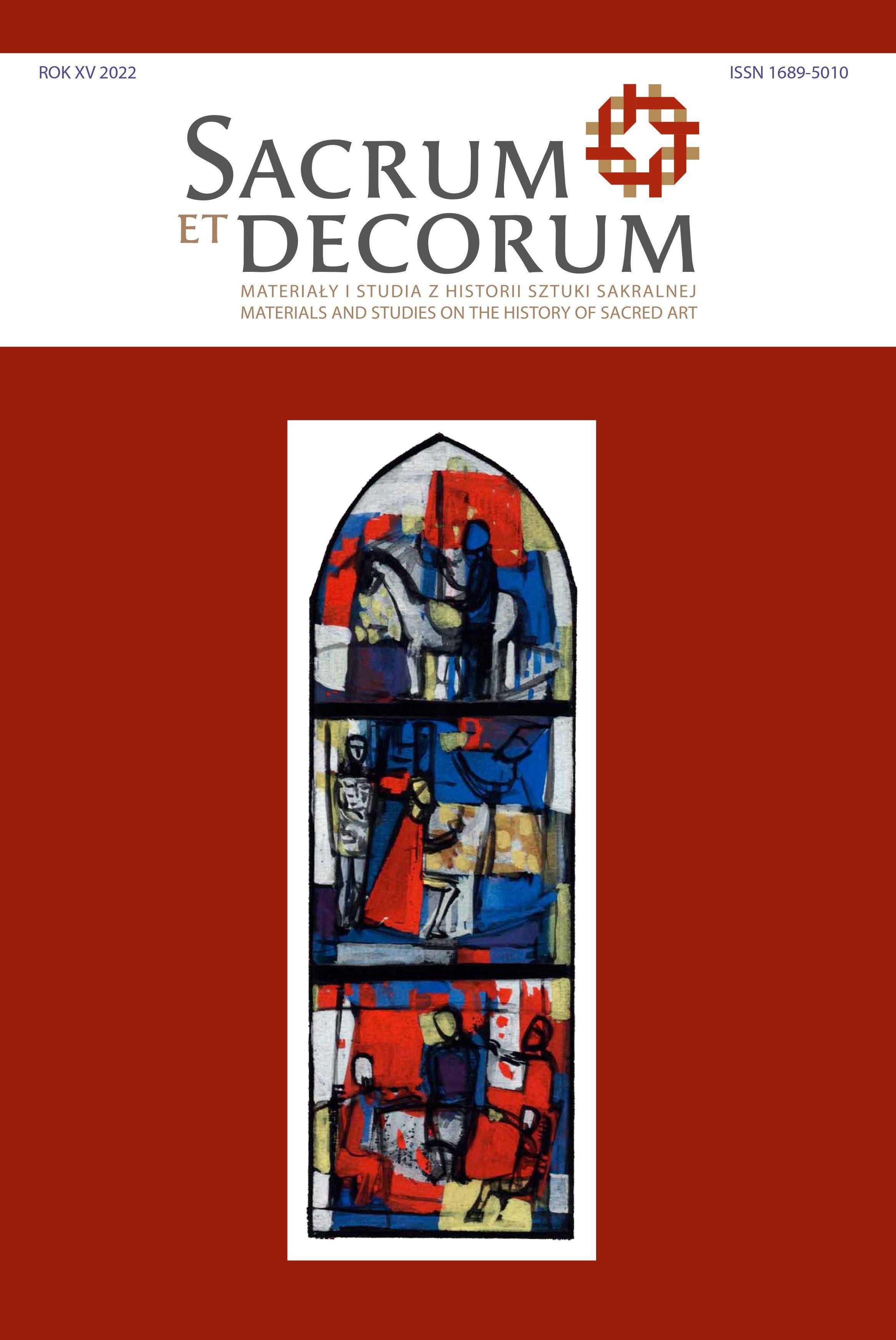Obrazy religijne o funkcji kultowej w twórczości Henryka Siemiradzkiego
Religious paintings as liturgical images in the oeuvre of Henryk Siemiradzki
Author(s): Maria NitkaContributor(s): Agnieszka Iwaszek (Editor), Agnieszka Gicala (Translator)
Subject(s): Christian Theology and Religion, Fine Arts / Performing Arts, Visual Arts, Theology and Religion
Published by: Wydawnictwo Uniwersytetu Rzeszowskiego
Keywords: Henryk Siemiradzki; religious painting; painting for the needs of worship; altar;
Summary/Abstract: The 19th century was a time when, as noted by Michael Thimann, there occurred a transition of painting from the sphere of worship to the space of art. The parting of the paths of art and the sacred sphere also affected a genre as important for connecting these spheres as altar painting. The present paper discusses Henryk Siemiradzki’s altar paintings, which constitute this outstanding academic artist’s attempts to place painting intended for worship in churches. Siemiradzki created several altar paintings: starting with a copy of Christ on the Cross by Johann Köler (1867), then his own version of this theme for the chapel of Our Lady of the Rosary in his hometown Kharkiv (1871), then Zmartwychwstanie [Resurrection] (1878) for the Church of All Saints in Grzybów in Warsaw, and above all large altarpieces: Chrystus uciszający burzę [Christ Calming the Storm] (1882) for the Evangelical church in Krakow and Wniebowstąpienie [The Ascension] (1891) for the Church of the Resurrectionists in Rome in via San Sebastianello. The paper is an attempt to reveal the relationship between the form, the content and the sacred function of these images. The analysis focuses primarily on Chrystus uciszający burzę [Christ Calming the Storm] and Wniebowstąpienie [The Ascension], in which the artist faced the canon of the altar painting genre in the most complete way. The iconography of these works, their connections with the centuries-old visual tradition of Christianity, and finally the semantics of the composition are analysed, looking for a theological understanding of the depicted events. It has been shown that the commissions discussed are in line with the format and function of the genre of altar painting, and at the same time they are the fruit of Siemiradzki’s profound reflection on the role of the sacred image in the liturgy, in the interior, and above all in the theological discourse that was supposed to affect the hearts, minds and souls of the faithful. It is emphasized that in the commissions undertaken, the artist was able to respond to the requirements of various confessions, by painting pictures that corresponded to the mission and expectations of a Catholic parish, a religious order or a Protestant community. Siemiradzki’s works are therefore presented as an example of an academic artist’s reflection and his search for solutions concerning the meaning of altar paintings in the multidimensional sacred space, as inscribed into the centuries-old dialogue between the sacred sphere and art within this genre.
Journal: Sacrum et Decorum. Materiały i studia z historii sztuki sakralnej
- Issue Year: 2022
- Issue No: 15
- Page Range: 8-38
- Page Count: 8
- Language: English, Polish

